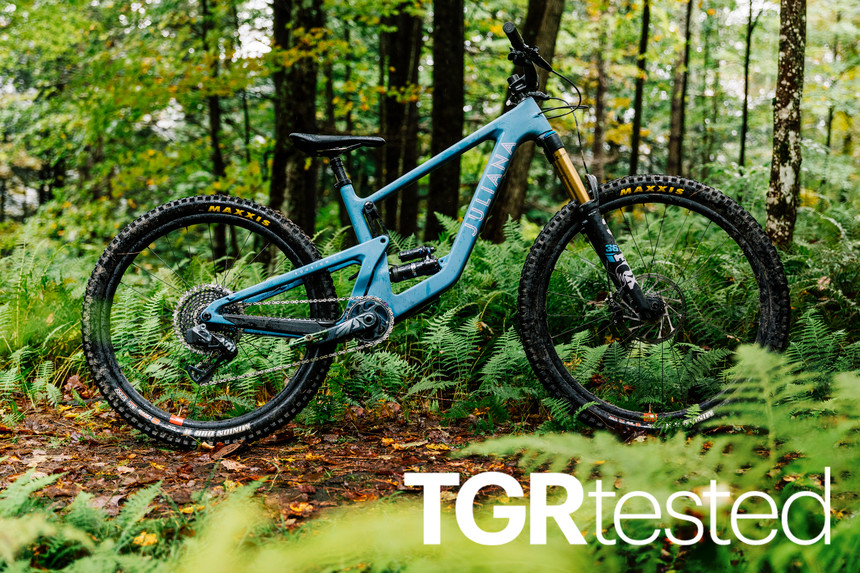 Mullets are back in style—at least on mountain bikes. This year Juliana/Santa Cruz introduced its first-ever mixed-wheel bike, making their flag-ship enduro bike—the Roubion—even rowdier. Katie Lozancich photo.
Mullets are back in style—at least on mountain bikes. This year Juliana/Santa Cruz introduced its first-ever mixed-wheel bike, making their flag-ship enduro bike—the Roubion—even rowdier. Katie Lozancich photo.
At the end of 2018, the UCI got rid of a rule that banned mixed wheels on race bikes. Unbeknownst to the organization, they opened the door to something bigger entirely. Racers started introducing mixed wheels into UCI DH and EWS events, and they caught everyone’s attention. Why? These bikes—like Troy Brosnan and Martin Maes’ race steeds—were consistently getting on the podium. For those new to bike “mulleting”, the term refers to rocking a 29” wheel in the front and a 27.5” wheel in the back. The theory behind a mullet is that the smaller rear tire keeps the bike nimble and snappier in turns, whereas the beefy 29” front tire can still plow through chunky terrain like a dream. It essentially gives the rider the best of both worlds. Before we knew it, the mullet style began to trickle down from elite racing to everyday riders. Folks started swapping out their front or back tires with hopes of keeping business in the front but partying in the back.
You, like myself at the time, might be wondering, “If the setup is so revolutionary, why doesn’t everyone do it?” It turns out you can’t just slap a 29” wheel and fork on all 27.5” bikes, and vice versa. The geometry changes it would introduce can be too drastic to make the bike handle well. For example, on some bikes, the change would raise the bottom bracket height and slacken the seat tube angle, causing the bike to feel awkward and weird. Granted, for some that wouldn’t matter, but you’d run the risk of ruining an already awesome bike.
However, DIY mullets might just become a thing of the past, because brands like Juliana are offering the mixed wheel configuration intentionally. This year Juliana/Santa Cruz debuted its first-ever purpose-built mullet bike. Technically speaking it’s a “mixed-wheel” bike, but I love the term mullet, so I’m using that instead. (Sorry, not sorry.) Out of all models in their lineup, Juliana decided to mullet the Roubion, which was a no-brainer. The Roubion is the brand’s flagship enduro bike, capable of riding everything under the sun. Changing the frame to accommodate a 29”/27.5” wheelset takes what was already a rowdy kind of bike, and transforms it into a swiss army knife on wheels.
The Build
The most notable change about the 2022 Roubion is the proportional frame design for mixed wheels—that is if you’re riding an S or M. The XS version still has a 27.5 front and back, which is worth considering if you’re a smaller rider and are hankering for that mullet build. Unfortunately, the frame doesn’t come in an L or XL. All isn’t lost if you’re a taller woman, because the Roubion is the sister of Santa Cruz’s Bronson, which comes in more expanded sizes. The only downside is that you won’t get that sweet matte blue and mauve colorway, and the shock will be tuned for a heavier rider.
Compared to the 2021 Roubion specs, Juliana tweaked the 2022 version in some key areas. Some notable differences are a slacker head tube (64.5°), a steeper seat tube (76.6° for M), a longer wheelbase (1222mm), and a longer reach (452mm). In a nutshell, it’s a slacker and longer bike, built with racing in mind. It's worth mentioning that this bike is longer and slacker than the Strega, which was discontinued in 2020 (RIP) and was the brand's flagship freeride bike. It appears that Juliana took many qualities of the Strega, and infused them into the Roubion. My first impression about the cockpit was that it was spacious - in a good way. I’ve found tight cockpits to be terrifying on steep descents, and the Roubion gives you the appropriate amount of room to feel balanced while bombing downhill.
 Offering drool-worthy components like a wireless SRAM X01 Eagle AXS drivetrain and RockShox Super Deluxe Ultimate shock, the X01 Axis build comes with all the right bells and whistles. Katie Lozancich photo.
Offering drool-worthy components like a wireless SRAM X01 Eagle AXS drivetrain and RockShox Super Deluxe Ultimate shock, the X01 Axis build comes with all the right bells and whistles. Katie Lozancich photo.
If you want to adjust the geometry to make the bike a little less aggressive, you can toggle the flip-chip at the lower shock mount. This allows you to adjust the head and seat tube angle, the reach, and the bottom bracket height. I didn’t see much reason to change it since the geometry already felt good as it was, but it’s nice to have the option. Like last year, the bike has 160mm of travel in the front and 150mm in the rear, making it Juliana’s burliest bike in their lineup.
 The Roubion climbs surprisingly well for an aggressive bike meant to fly downhill. Luke Toritto photo.
The Roubion climbs surprisingly well for an aggressive bike meant to fly downhill. Luke Toritto photo.
For this review, I tested a medium frame with the top tier X01 AXS build, which is equipped with a whole gamut of high-end components: SRAM X01 Eagle AXS, a Carbon CC frame, RockShox Super Deluxe Ultimate shock, FOX 36 Float Factory fork, Industry Nine Hubs, and Santa Cruz Reserve 30 V2 Carbon Rims. With all of that, the bike weighs in at a svelte 30.58lbs, not bad for a bike with its intentions. The XO1 AXS kit is an absolute dream build, but it comes at a steep cost: $9849. If you can live without things like AXS wireless shifting and carbon rims, the next tier down—the X01 kit—shaves off $1800 on the price and you still get an impressive selection of components like Industry Nine Hubs and Santa Cruz Carbon Bars. Unlike other brands, there is no budget-friendly alloy option. Instead, Juliana’s cheapest build—the R kit—starts at $5049. While it asks for a little more investment, you certainly get your money’s worth. The R kit comes with a Carbon frame and is ready to race right out of the box. Considering that this bike isn’t geared towards beginner riders, it makes sense that Juliana prioritized progression and components over cutting costs - but $5000 is still a big price tag for a mid-tier mountain bike.
The Ride
When it comes to marketing most enduro bikes you see phrases like “monster truck”, “plow”, or “beast” thrown around. They conjure overly aggressive and monstrous images, and the Roubion just doesn’t fit that mold. Instead, it rides like a high-end sports car, weaving through roots and rocks like a Porsche on the Autobahn. This bike isn’t the burliest out there, and that’s okay. Its versatility allows it to keep up and that is perhaps its biggest strength.
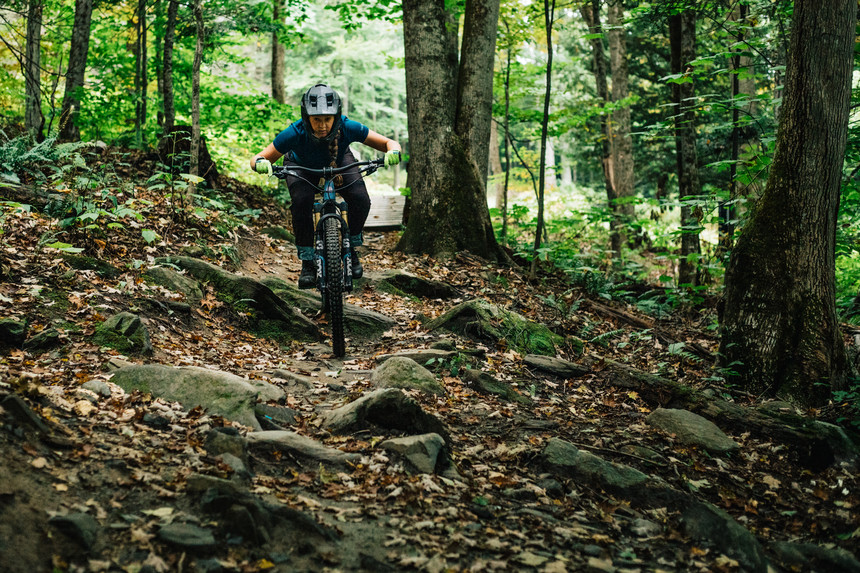 The Roubion glides over rock gardens at Thunder Mountain Bike Park. Luke Toritto photo.
The Roubion glides over rock gardens at Thunder Mountain Bike Park. Luke Toritto photo.
The Roubion and I first met this June right when I moved to the Northeast. As a Jackson, Wyoming transplant in New England, I immediately felt thrown off by the area’s plethora of challenging and chunky terrain. The Roubion couldn’t have come at a better time. Having always been a 27.5” rider, I quickly noticed the boost of confidence I got from the bigger and more stable 29” front wheel. For climbing—especially on all these roots—the big front wheel was a lifesaver. It just floated over big roots like a dream. For descending, I can’t imagine having anything else now. The big wheel makes me feel incredibly planted, thus giving me the confidence to ramp up the speed on each ride. The bike rolls over rocks and roots with such consistency and ease, that it’s helped me demystify New England tech.
The Roubion would have worked well as a full-fledged 29”, but I think the mullet gives it an extra edge. My favorite part about the 27.5” back wheel is that you can tell the back wheel where you want to go. Coincidentally while testing the Roubion, I reviewed two other bikes with 29” wheelbases. The thing I noticed about some 29” builds, is that once the bike gets up to speed, it’s harder to make subtle adjustments with the backend (that of course, is arguably an advantage for 29” race bikes - they like to go in a straight line). The Roubion, however, remains snappy at high speeds, making it an ideal choice for riding somewhere new. As a bike photographer, I found this aspect to be beneficial for my work. On a recent shoot in New Hampshire, I loved having the Roubion as my trusty steed. Riding through blind rock gardens and big granite rock rolls, I knew it could handle any surprises along the trail, and gave me the confidence to focus on work—rather than worry if I was going to survive the ride.
 A hike-a-bike is no problem with the Roubion. Luke Toritto photo.
A hike-a-bike is no problem with the Roubion. Luke Toritto photo.
In terms of climbing, the Roubion does pretty well for an aggressive bike. It is by no means designed to win XC races, but charging up old fire roads? Now that’s the Roubion’s climb of choice. The bike also feels decently lighter and snappier compared to other enduro bikes I’ve tried. The Roubion, however, isn’t a flawless climber. Sometimes the front wheel will lose traction on really steep sections, meanwhile, the small back tire will helplessly spin trying to make up the difference. At moments like this, I do notice the mullet build, and wonder if a 29” back wheel could help give me that extra oomph I’m craving. It doesn’t happen enough to bother me; besides, this bike isn’t meant for crushing KOMs on the ups. It’s about getting you to the top so you can have fun on the descent. Taking this bike out on a true XC network will certainly feel like overkill, but it’s not the end of the world. If you don’t have the extra cash to have an XC bike and enduro bike, then the Roubion will do just fine as a do-it-all kind of machine.
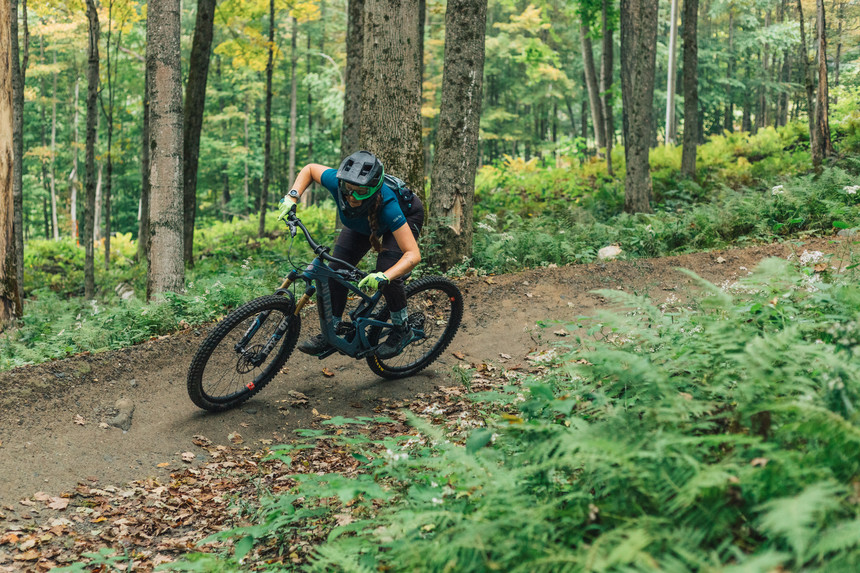 I loved having the smaller back wheel for riding berms and making small adjustments during my ride. Luke Toritto photo.
I loved having the smaller back wheel for riding berms and making small adjustments during my ride. Luke Toritto photo.
One thing I found interesting about the Roubion is its travel. Enduro bikes are shifting more and more towards beefier suspension, particularly in the 170mm/160mm or even 180mm/170mm range. The Roubion, however, comes in at 160mm/150mm. Sometimes I find myself longing for that extra bit of travel when I’m riding at our local bike park, Thunder Mountain Bike Park. If you’re not balanced and intentional with your line choice on gnarly features, you can get bucked around. But ultimately, I don’t think a bigger fork is necessary for this bike. Yes, it would be nice on extra chunky terrain, but the Roubion’s best feature is its versatility. Its identity straddles between the all-mountain and enduro categories, making it an ideal option for riders who can only afford one high-end mountain bike.
The Bottom Line:
We have a network of enduro trails near our home in Charlemont, Massachusetts. The area host’s one of the enduro races for the Eastern States Cup and is full of really challenging, technical riding. At the beginning of the summer, I felt demoralized riding one of the black trails called Cotton Candy. The trail is just under a mile and is all off-camber roots and big chunky slabs of rock that require quick maneuvers. Having been an intermediate rider for a few years now, I figured that I wouldn’t ride it again this year. But a season spent on the Juliana Roubion has enabled me to progress into more of an advanced rider. It’s given me the confidence to take a second look at features I previously wrote off. Recently, I rode Cotton Candy top to bottom with balance and finesse that I didn’t even know I had. Admittedly, the metamorphosis in my riding didn’t happen instantly but was most certainly spurred by the Roubion. If you’re a rider looking to step up your riding and approach bigger terrain, then the Roubion will be that bike to get you there. If you’re already a nasty rider racing the Trans Cascadia and lapping Whistler’s A-Line like it’s no big deal, then you’re going to love this bike the moment you get it.
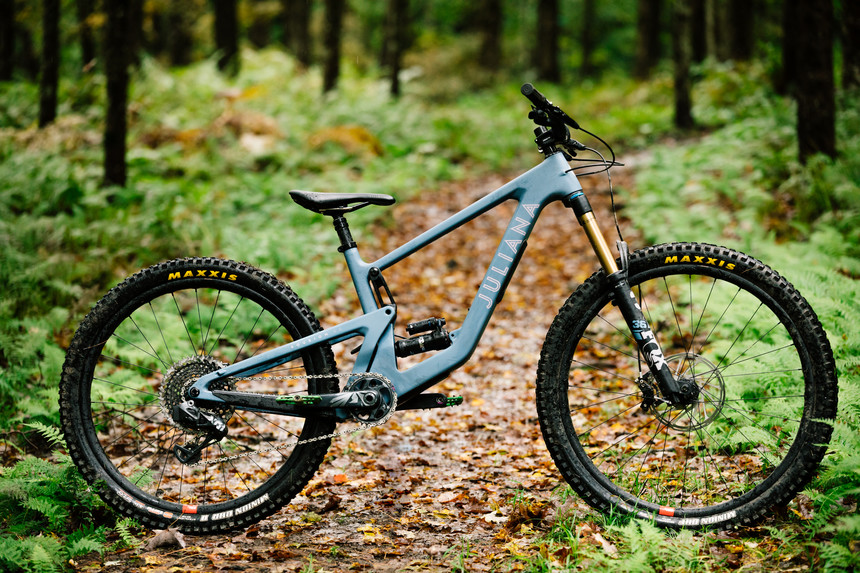 The mullet suits the Roubion, and I hope Juliana keeps the wheelbase around in the future. Katie Lozancich photo.
The mullet suits the Roubion, and I hope Juliana keeps the wheelbase around in the future. Katie Lozancich photo.
Many folks wonder if mullets are just a fad, likely to fade away when the industry becomes fully obsessed with the next big thing—like high pivot suspension design. I’m no psychic, but my educated guess is that mixed wheelbases might become a class of their own. Between their impressive performance in elite racing and how much I loved riding the Roubion, there’s truth to the business in the front and party in the back mentality. Perhaps we might even see 29”/27.5” standardized alongside 27.5” and 29” wheelbase options and become less of a novelty altogether. The thing I learned this summer, though, is that it’s less about the mullet but which bike you choose to mullet. The Roubion was already a great bike to start with, and the mullet only enhanced its best qualities. For the Roubion’s sake, I hope it’s not a fad.





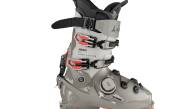












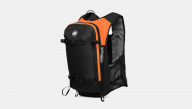

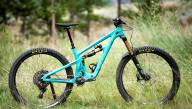


warehousemanagement
October 23rd, 2021
Kukukka Labh Pancham 2021.
Diwali me laxmi prapti ke upay.
Diwali Songs.
Poem on Diwali in Hindi.
Diwali Upay in Hindi.
What is Diwali and why it is celebrated.
5 days of Diwali in Hindi.
Diwali Ke Din kya Karna Chaiye.
Diwali Laxmi Puja Vidhi at Home.
Laxmi Aarti Lyrics.
Happy Dhanteras 2021.
Happy Choti Diwali 2021.
Happy Diwali and Happy New Year Wishes.
Happy Diwali 2021 Quotes in Hindi.
Happy Diwali Captions for Insagram.
Happy Diwali 2021 Images.
Happy Diwali 2021 Wallpaper Download.
Happy Diwali Whatsapp DP.
Happy Diwali Video Status Download.
Importance of Diwali in Hindi. Pup